Puzzle games have been a staple of the gaming industry for decades. However, with the advent and popularization of mobile devices, one type of puzzle game has soared through the ranks of popularity and taken over the world: match-3 games.
But for those who are not familiar with games, you might be wondering: what are match-3 games? This is exactly what you will discover in this article. We will also explore the history of these games, explain why they’re so popular, give you some examples of match-3 games, and provide some information on why developing a match-3 title is a good idea.
Whether you’re a seasoned gamer looking for more information or a complete newcomer to the world of match-3 games, this post will provide a thorough overview of everything you need to know about them.
Read also: How much to become an Android game developer in 2024?
What are match-3 games?
Match-3 games are very simple puzzle games in nature: all you have to do is swap two adjacent pieces until the player forms a line of three or more of the same elements. It’s possible to form horizontal and vertical lines, and, when matched, the elements pop and disappear from the board, allowing others to take their place.
Match-3 games, also known as match-three games, are a popular game genre where the player’s goal is to match three or more identical items on a tile board according to a matching criterion. This game mechanic allows players to swap adjacent items horizontally to form chains and make them disappear from the board. From classic match-3 puzzle games like Tetris and Chain Shot to modern match-3 titles like Puzzle Quest, this genre has evolved with a broad range of design elements, featuring arcade-style action elements and challenging gameplay mechanics.
These free-to-play casual games are designed for mobile platforms and offer players the joy of reaching the top on an ever-chaotic board. With their hand-eye coordination challenges, match-3 games have become a favorite among gamers, whether they enjoy hyper-casual games or TV game show-like experiences. The appeal of these games is not limited to digital platforms; they are also inspired by non-digital games, making them a timeless and beloved type of game in the gaming industry.
That said, most games take this simple recipe and spice it up with their own interesting power-ups, wacky mechanics, unique level designs, and different progression systems. Some even incorporate a story of their own to encourage players to keep coming back for more.
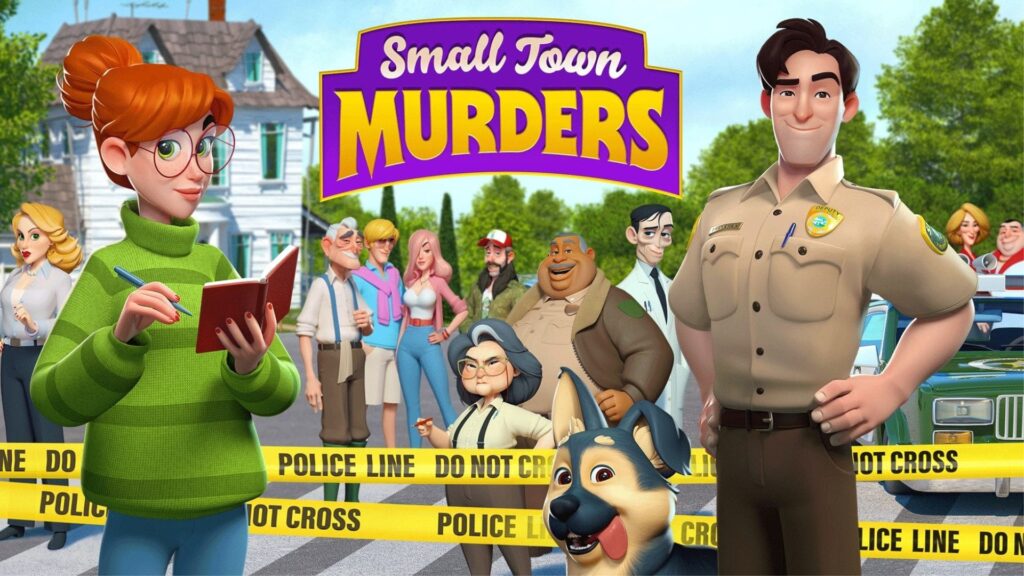
A brief history of match-3 games
It all started with the creation of Tetris in the early 1980s. Even though it’s not a match-3 game, its tremendous success encouraged other game designers to create their own variations of the tile-matching game. Three memorable examples of puzzle games from this era that closely resemble modern match-3 games are:
- Columns (1989), a game in which you control a series of falling stacks of 3 colored gems, with the main goal being to line up 3 of the same gem in a line;
- Puzznic (1989), which tasked the players to eliminate all blocks by combining two with the same symbol in a specific order;
- Puzzle Bobble (1994), a game in which the player has to control a cannon and shoot colored balls into other balls, forming a group of three. The goal is to fully clear each stage and defeat the final boss, a task that often proves more difficult than one would expect. Ultimately, this game would inspire the now-famous Bubble Witch Saga (2011) series.
The first true match-3 game would only come in the same year Puzzle Bobble was released: Shariki (1994) was created by Eugene Alemzhin for MS-DOS. Despite not being an instant hit, it paved the way for many match-3 games to come, such as Bejeweled (2001), Jewel Quest (2004), and the global sensation Candy Crush Saga (2012), one of the most successful mobile franchises ever.
Nowadays, a quick look at the most downloaded games in either Apple App Store or Google Play Store is enough to show that match-3 games figure among the most popular in the mobile game market. But what makes them so loved by players all over the world?
Read also: 5 best mobile games to earn cryptocurrency: a full guide
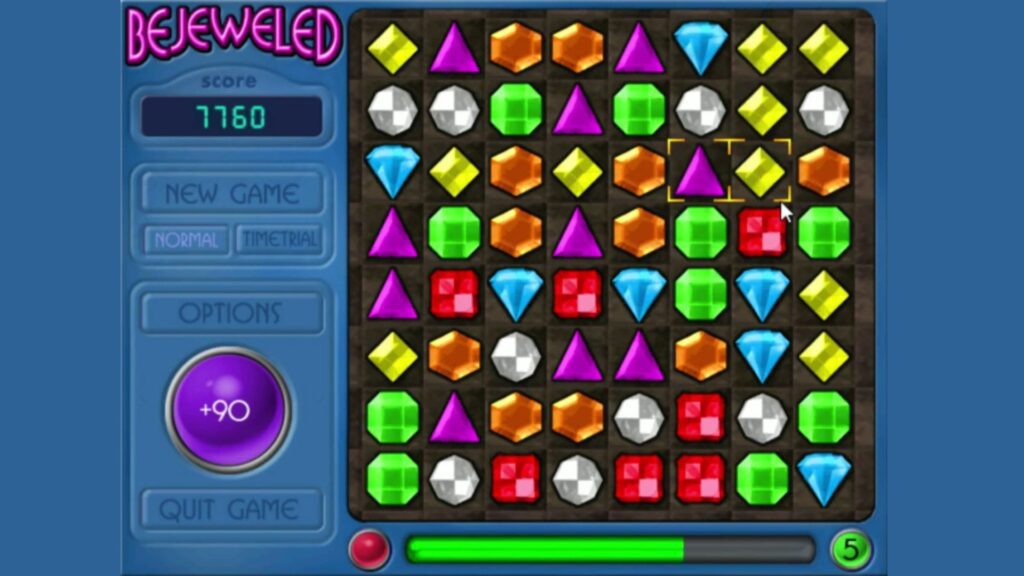
Why are match-3 games so popular nowadays?
There are a wide variety of reasons why match-3 games are so popular.
- Stunning visuals: most match-3 games have colorful and vibrant game assets, which helps attract players of all ages;
- Easy to learn, but hard to master: match-3 games have simple mechanics, thus being straightforward for people of all ages and backgrounds to learn. Also, completing levels might give players a sense of pride and accomplishment, helping them stay for longer;
- Great accessibility: as these titles are available on most game platforms, match-3 games are very accessible to the public;
- Countless bite-sized levels: each level is generally short, requiring only a few minutes to complete. This makes them an excellent game to play while commuting, waiting for an appointment, or just relaxing on the couch as a potato. Plus, with so many levels to work through, you will never run out of content to keep you entertained (or so we hope);
- Captivating storylines and plot: while not a feature in all match-3 games, a captivating plot is a surefire way to get your players hooked.
- Leaderboards and friendly competition: this is also not available in all match-3 titles, but for those who like a healthy dose of competition in their lives, some match-3 can offer these mechanics, encouraging players to keep coming back and achieving higher scores.
How to create your own match-3 game
Before diving into the development of your own match-3 game, you need a clear vision of your game concept.
An important guideline is to base every decision always having your target audience in mind. So defining your audience is your first step. Once you have defined that, you can think of the overall theme and style of your game.
The core mechanic of a match-3 game is simple: players swap adjacent items to form a row or column of at least three identical items. However, you need to flesh out some specifics to make your game unique.
- Grid Layout: Typically, match-3 games use a grid of tiles, so deciding the size of your grid is a fundamental building block for the rest of the game.
- Tile Types: Design different types of tiles that players will match. Each type should be visually distinct and can have unique animations and power, according to the needs of your game.
- Matching Rules: Determine the rules for matching tiles. For instance, what happens when four or five tiles are matched? What happens when there are no combinations possible?
- Scoring System: Decide how players earn points. Will there be bonuses for consecutive matches or larger groups of tiles?
- Unique Features: What will set your game apart from other match-3 games? Special power-ups, unique challenges, or an engaging storyline?
Once all these aspects are decided, now you have to choose a platform and the tools to develop your game.
Selecting the right tools and technologies is crucial for efficient development. The right combination of game engines, programming languages, and graphics tools can significantly impact the productivity and quality of the final product.
Two of the most common platforms of game development nowadays are Unity and Unreal Engine.
Unity
Unity is one of the most widely used game engines for both 2D and 3D game development. It’s particularly known for its user-friendly interface and strong community support.
It provides a comprehensive set of tools for 2D game development, including a robust sprite editor, tilemap support, integrated physics, and a vast library of assets, scripts, and plugins, which can significantly speed up development.
Unity allows developers to deploy games across multiple platforms, including mobile, desktop, consoles, and web.
When working with Unity, you will primarily use C# for scripting, which is known for its ease of use and performance efficiency. It is a high-level language that is relatively easy to learn, especially for those new to programming.
While high-level, C# provides strong performance, making it suitable for game development, with a wide range of libraries and frameworks that can speed up development.
Unreal Engine
Unreal Engine’s Blueprints is a visual scripting system that allows developers to create game logic without writing code, making it accessible to non-programmers. Similar to Unity, Unreal Engine has a Marketplace where developers can find assets and plugins to enhance their projects.
For more control and performance optimization, developers can use C++ alongside Blueprints, using the full potential of the engine to render high-fidelity graphics, making it ideal for games with intensive visual requirements.
Some of the most popular match-3 games
Let’s take a look at some of the most popular match-3 games according to Play Store:
1. Small Town Murders: Match 3
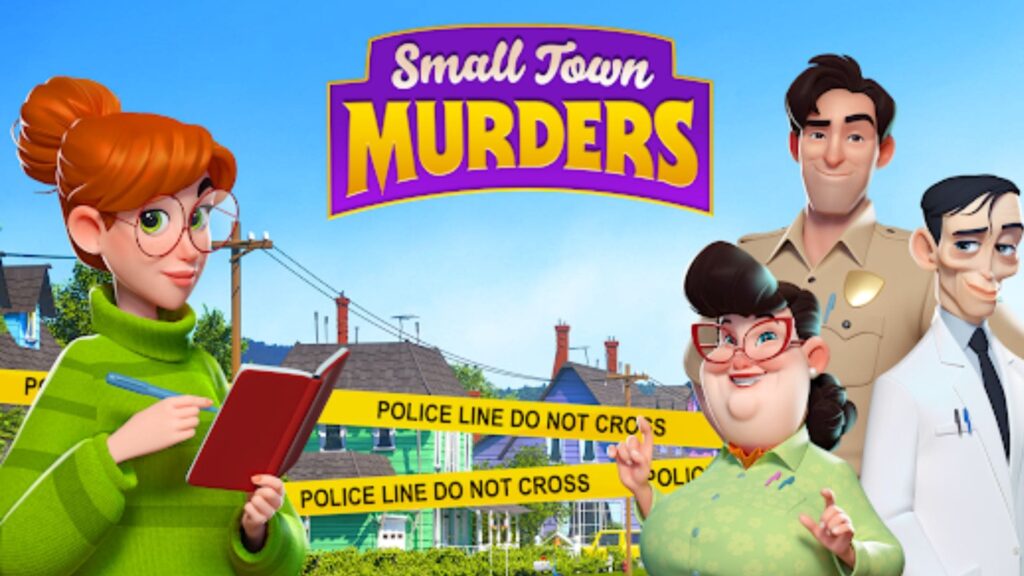
Set in a small, but cozy town with a seedy underbelly, Small Town Murders is a match-3 game in which players solve a series of assassinations by matching clues and collecting evidence. As they progress through the levels, players will uncover dark secrets, confront suspects, and solve cases that get more and more complex.
2. Fruit Nibblers

In Fruit Nibblers, players must match fruits in order to progress through levels, conquer obstacles, and defeat enemies by controlling a team of fruit nibblers. Rovio’s title comes with colorful graphics and engaging gameplay, making it an enjoyable and challenging game for people of all ages and skill levels.
3. Homescapes

Homescapes is a puzzle game that combines elements of home design and renovation with classic match-3 gameplay. In this game, players help Austin, the butler, restore and renovate his family’s mansion by completing bite-sized match-3 levels.
As players progress through the game, they will encounter a myriad of challenges and mini-games, whose rewards can be used to decorate and furnish Austin’s mansion however they please.
With creative characters, an engaging plot, and countless design possibilities, Homescapes is a unique twist on the traditional match-3 game formula.
4. Blossom Blast Saga
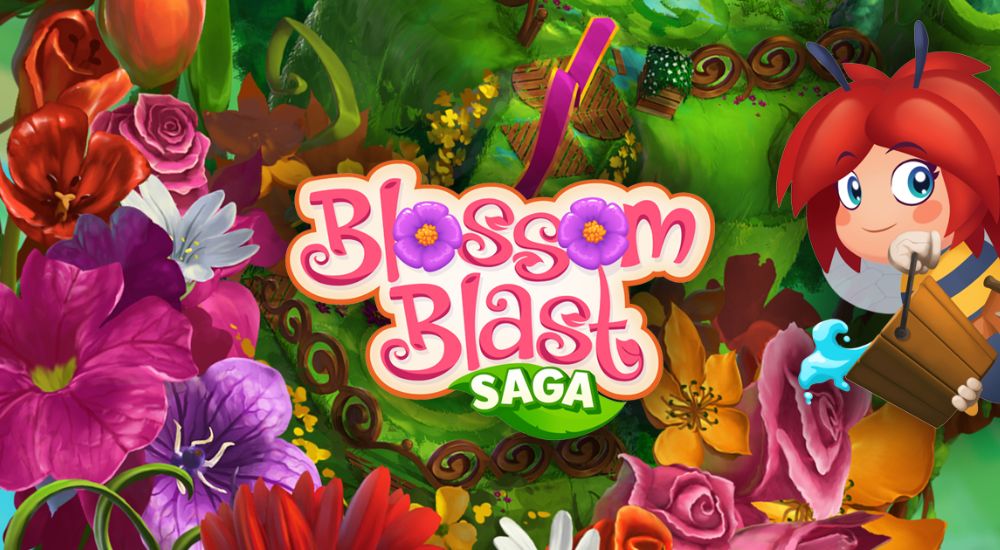
In Blossom Blast Saga, players are tasked with matching flowers to help the game’s characters complete their gardening tasks. As they progress through the game, they will encounter a variety of challenges, which can be conquered with clever matching skills. The graphics are colorful, and a wide variety of power-ups and special abilities make the game engaging for players of all ages.
5. Candy Crush Saga
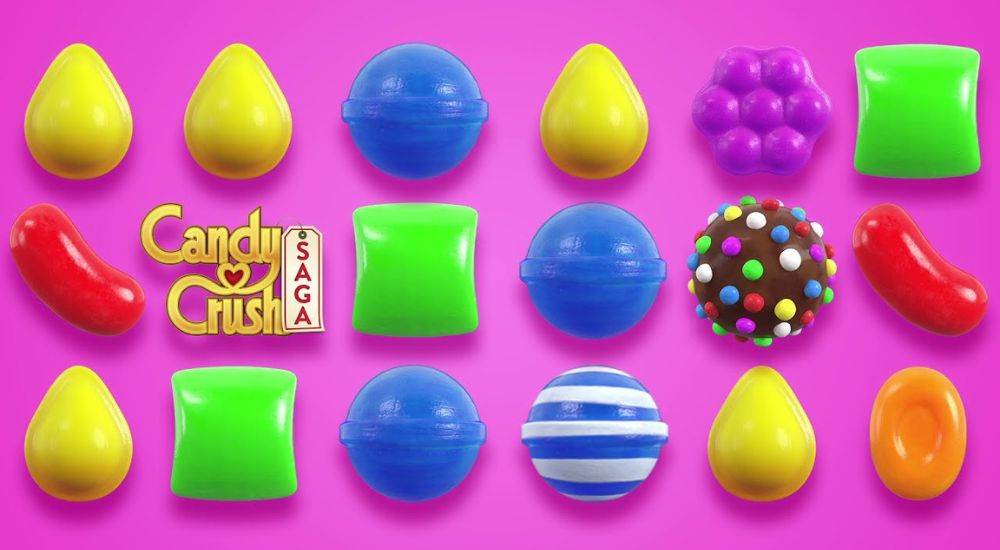
We can’t create a list of match-3 games without mentioning the champion: Candy Crush Saga. Developed by King, a game studio that focuses on match-3 games, this title took the world by storm and caused countless hours of lost productivity (and a fair amount of frustration, too).
In this deceptively simple match-3 game, players must match colorful candies and cleverly use its diverse roster of power-ups to progress through its seemingly endless levels – as of this post, there are more than 13200 levels for players to conquer. Chances are you will never finish the game, but who knows?
Why develop a match-3 game?
There are several reasons why a game developer would choose to create a match-3 game. Let’s look at some of them:
- Simple to create: match-3 games are notoriously simple to create, allowing both beginner and seasoned developers to make an interesting game without putting in insane amounts of effort. This also means it’s possible to create a fully-fledged and interesting match-3 game with a smaller team and budget more complex titles would require, being a great option for newcomers to the mobile game industry;
- Mass appeal: as we mentioned before, match-3 games are very easy to learn and appeal to players of all ages and skill levels. If you take into account that almost everyone these days has a phone within arm’s reach, a well-crafted match-3 game has the potential to reach a broad audience and generate massive amounts of revenue;
- Good profitability: even though this is not the case with all games, there are many opportunities to generate massive revenue with match-3 titles – like Candy Crush Saga, which generated almost $85 million in November 2022 according to Statista. Some games give players the option to watch ads in exchange for instant power-ups while others offer in-app purchases (IAPs) that can range from power-ups and premium passes to different visual effects;
- Easy to add new content: as levels tend to be short and sweet, so does adding new ones. Candy Crush Saga, for example, adds dozens of new levels every week, keeping players engaged and coming back for more. It goes without saying that developers can support and maintain a loyal audience long after releasing their match-3 game, helping maintain its popularity and profitability over the years;
Read also: How to hire 2D artists in the gaming industry
Develop your next-generation match-3 game with Main Leaf
As you have read in this post, match-3 games are all the rage right now. They are easy to create, have decent profitability, and possess an appeal that is close to universal, making them a great choice for mobile developers of all levels.
If you are looking to create a high-quality match-3 game that will keep your players coming back for more, look no further than Main Leaf! With over a decade of experience in the game development industry and a team of over 70 talented, passionate professionals, we have the skills and expertise to bring your vision to life.
Whether you have a clear idea of what you want or need help coming up with something unique, our team is here to help you out from its concept to its release. We create wonderful games on demand, and your upcoming match-3 game could be our next masterpiece. Interested? Request a game quote right now and let’s get started – don’t worry, we will reply to you within 24 hours!

